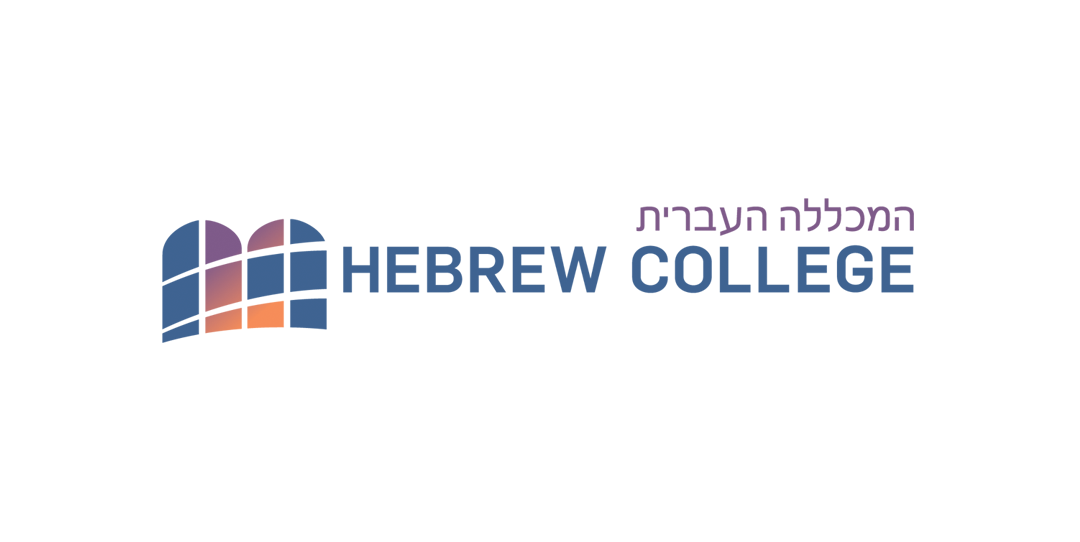Hanukkah Hanukkah and Parashat Vayigash: Living with the Dark After the Light

I woke in the dark this morning. It will be dark before I walk through my door again. While I know objectively that there were once leaves on all the trees outside the Beit Midrash windows, I’ve lost the sense memory of looking out at a density of green. There’s no doubt: winter has us surrounded.
While thick coats and streetlights go a little way towards dampening the radical effects of seasonal change, we are impacted nonetheless. We get used to shades of cold and numbness in our outer extremities. Daydreams about fleeing the Northeast for a more reasonable climate take on a certain urgency. And, like people all over the world have been doing as far back as memory reaches, we kindle lights on earth as the lights in the sky recede.
How, exactly, do we kindle? According to the Babylonian Talmud (Shabbat 21b), Beit Shammai held that one should begin with a full menorah, to correspond with the festival days that are yet to come and with the number of sacrificial bulls offered at the Temple. This, as you may have noticed, did not really take hold. Instead, Beit Hillel’s approach prevailed. We begin with a single candle and its helper, and finished last night with a full nine candles burning. As Beit Hillel says: Ma’alin ba’kodesh v’eyn moridin. We ascend in holiness and do not descend. Whenever possible, we add warmth and fire. We facilitate vision. We build the momentum of the holiday, one day at a time.
This candle lighting practice has a somewhat surprising consequence. Have you ever stepped from a well-lit room into a darkened one? You can’t see a thing. In fact, you can see even less than you would have been able to had the light been dimmer in the first place. Is this how we feel when Hanukkah ends? As winter sinks its claws in, we get a blaze of light, followed by a darkness even deeper than we’d known before the first candle’s flare. It’s quite a while until Tu b’Shvat reminds us that new growth will indeed happen, and even longer until Purim gives us an outlet for our cabin fever.
How do we orient towards the dark? Maybe, just maybe, our parsha has the beginnings of an answer. So much happens in Torah this week. Yosef reveals himself to his brothers, Ya’akov learns that his beloved son is still alive, the remaining family members come together once again.
Between revelation and reunion, the narrative settles for a moment on Ya’akov, about to make the journey to Mitzrayim where Yosef now lives. Ya’akov is scared. He’s heading into the unknown. He can’t see clearly. What does G-d offer him as reassurance? A dream. G-d comes to Ya’akov in visions of the night—b’marot ha-laylah—and tells him Anochi ered imcha. I will go down with you (Genesis 46:4).
We may not descend in holiness, but we certainly do descend into winter, into night, into unknown and obscured places. Ya’akov is undertaking this kind of descent. He is leaving his familiar home, moving towards something he can’t yet see. He is going down—nothing can stop that natural process—but he has company on his way.
It’s still getting darker. We have a few more weeks before winter solstice, when the wheel of the year will turn and start to carry us back towards the light. So let us take in the last of Hanukkah’s glow with open eyes and hearts. And when the sun sets on the last night of the festival, and we are left in the dark, without any festival candles to kindle, let us be patient with ourselves as our eyes adjust. Let us remember that we may not see clearly as we go forward, but we do not go forward alone.

